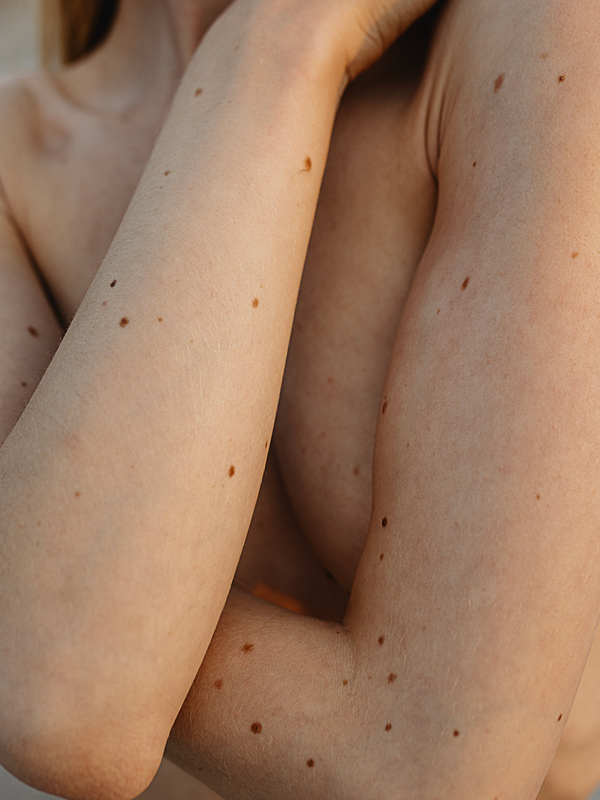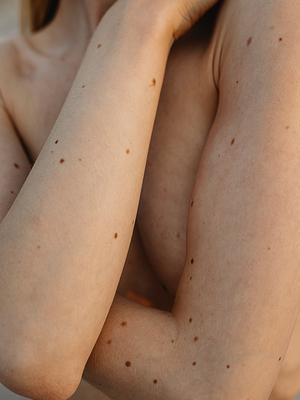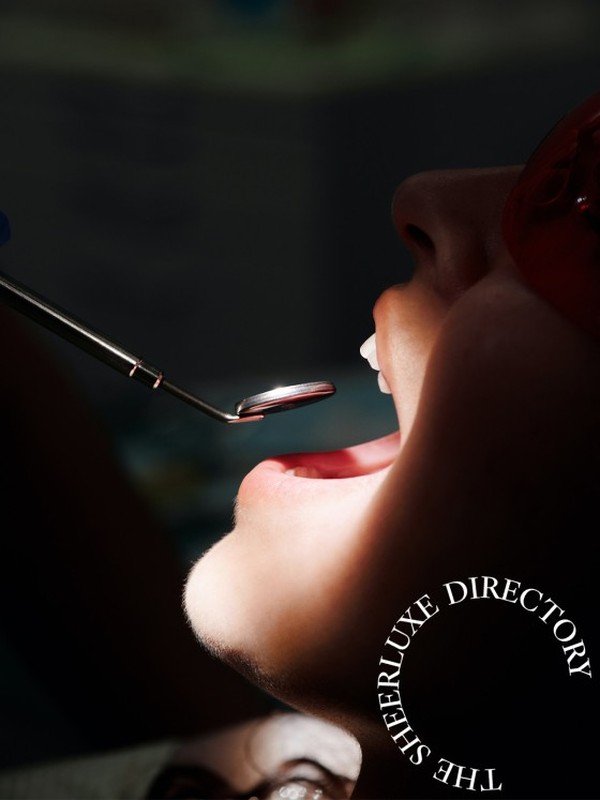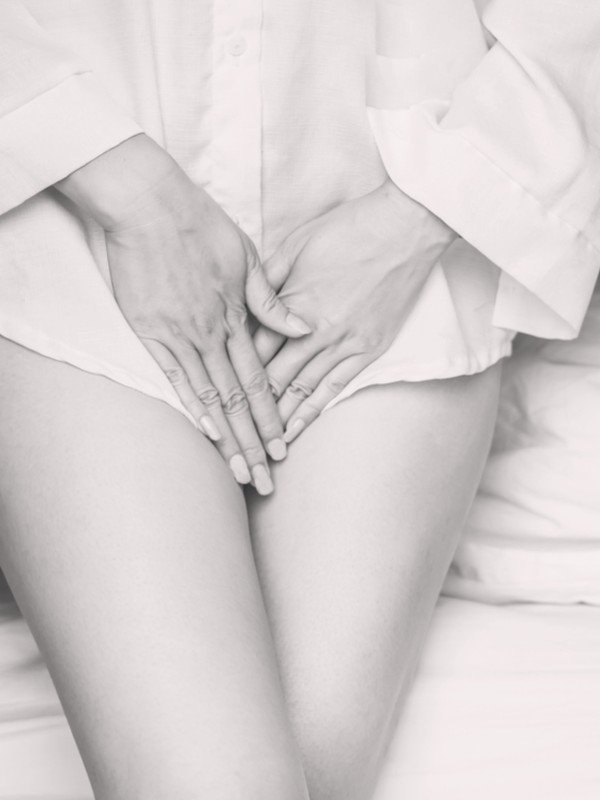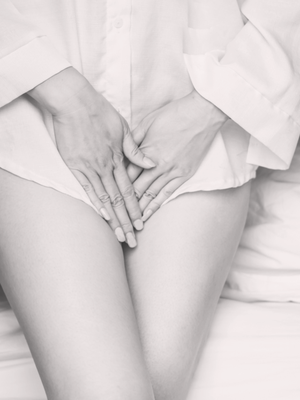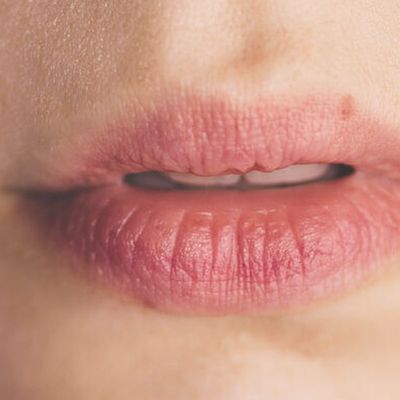
How To Treat Cold Sores
Firstly, Understand What Cold Sores Are
Cold sores are small blisters that develop on the lips or around the mouth. They’re caused by the herpes simplex virus and can recur throughout your lifetime. Highly infectious, they can be triggered by stress, tiredness, facial injury, the menstrual cycle and strong sunlight. In winter, our immune system is stretched, making us more susceptible to infections, which is why you’ll often see cold sores appear more at this time of year.
Treat Your Symptoms As Early As Possible
If one does appear, you’ll likely feel it coming long before you see it. Initial symptoms include itching, tingling or a burning sensation, which precede the appearance of small, crusty blisters that usually appear within 48 hours. The sores then ooze fluid and crust over, healing within ten days. As soon as you start experiencing symptoms, it will be worth applying an over-the-counter cold-sore treatment. Not only will this relieve itching and burning, it’ll help it to heal much faster. In fact, once it’s erupted, you’re less likely to be able to do anything to alter its course or lessen the duration, so get in quick. Applying ice direct is another quick, easy way to relieve both swelling and discomfort.
Remember They’re Not Usually Caused By An STI
As cold sores are a symptom of the herpes virus, many people believe that they’re caused by an STI. This is not the case. The most common strain of herpes that causes cold sores is known as HSV-1. The STI strain of herpes is caused by HSV-2. In some cases, this strain can cause cold sores, but it’s much rarer.
But They Are Contagious
Cold sores are contagious throughout their lifecycle – from first signs to final healing. They’ll spread to individuals in close contact with the affected area, either through skin-to-skin touching or kissing. As the virus is often underlying, remaining dormant, it can even be spread by individuals who don’t show symptoms.
Don’t Be Surprised If They Appear On Your Eye
Because cold sores are passed from individual to individual by direct contact, they are usually found around the lips or nose, but don’t be alarmed if they appear on your eye. When you get a breakout, it’s not always at the exact spot where the virus entered. You can get them on your fingers too.
Ignore The Myths
Many people believe cold sores cannot be treated. This is not true. While most cold sores will clear in seven to ten days, anti-viral creams and treatments can speed up the healing process. You can also try ‘red light therapy’ to reduce the healing time and spread of infection. When it comes to applying creams, dab them on gently – never rub them in, as this could spread the cold sore to another area.
Be Really Careful Around New-Born Babies
Herpes can cause severe infections in the lungs, liver and brains of new-born babies. This is rare, but it’s worth noting to ensure care is taken. The same goes for pregnant women and anyone with a low immune system – avoid direct contact where possible.
Finally, Know That They Won’t Always Reoccur
Some people are more prone to cold sores than others. It is a virus that often remains dormant in the body, but can be triggered by stress, fatigue, injury or hormones. While many people do experience them recurrently, not everyone will. And there are other steps you can take to prevent them. For example, keep a diary to identify your triggers, then avoid them in the future. In some cases, doctors may recommend an antiviral medicine to prevent them becoming commonplace.
DISCLAIMER: We endeavour to always credit the correct original source of every image we use. If you think a credit may be incorrect, please contact us at info@sheerluxe.com.
